By Paul Freary
I’ve run in many versions of both the ASICS Kayano 32 and GT 2000 14 over the years, both shoes being around for as long as I can remember!
With the models constantly evolving, here I take a look at the latest versions and after logging more than 100 miles in each, I look at the differences and similarities between the two shoes to try and help you decide which ASICS shoe is best.
If you click, or buy from, links on this page, we may receive compensation. Learn more
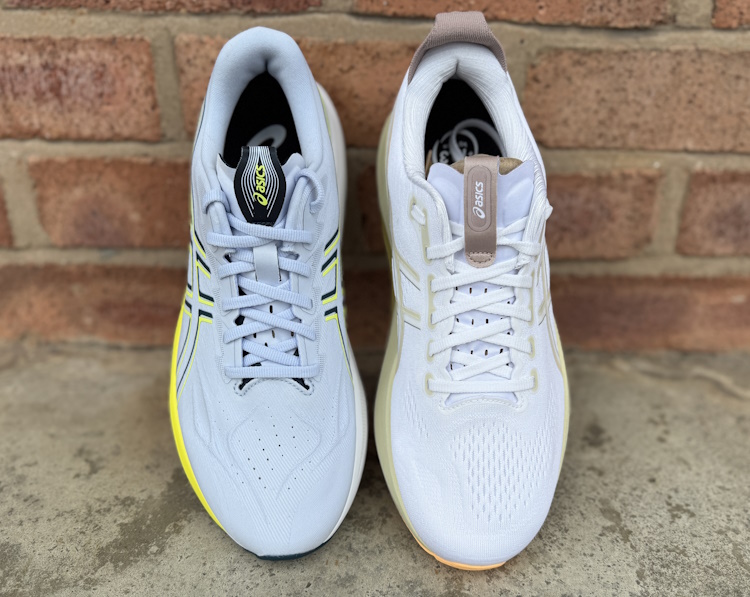
Stats
ASICS | GT 2000 14 | Kayano 32 |
|---|---|---|
Best for | Versatile daily support type trainer | Versatile daily support type trainer, with premium cushioning |
Support | Moderate Stability | Stability |
Cushion | Mid-to-high level cushioning with support | Max level cushioning with support |
Stack Height | 36.5mm heel | 40mm heel |
Drop | 8mm | 8mm |
Weight | Men 273g (9.6oz) | Men 304g (10.8oz) |
Suggested Retail Price | $140 | $165 |
Fit | True to size | True to size |
Rating | 9.2/ 10 | 9.1/ 10 |
Design
Both these shoes are great, feature-packed models, and I’ve enjoyed running in both models. I think that both models are now so good that I found it harder than usual to choose a winner.
First, let me run through the technical features of each model.

Both the GT 2000 14 and Kayano 32 feature ASICS Gel in the heel area of their cushioning. This is now in the form of PureGel, and while it is embedded in the heel cushioning, personally, I found it difficult to tell if the Gel was actually contributing to the overall feel of the shoe.
Where the cushioning of the shoes really differs is in the main midsole material. The Kayano 32 uses the brand’s FF BLAST PLUS material, whereas the GT-2000 14 now uses FF BLAST MAX foam.
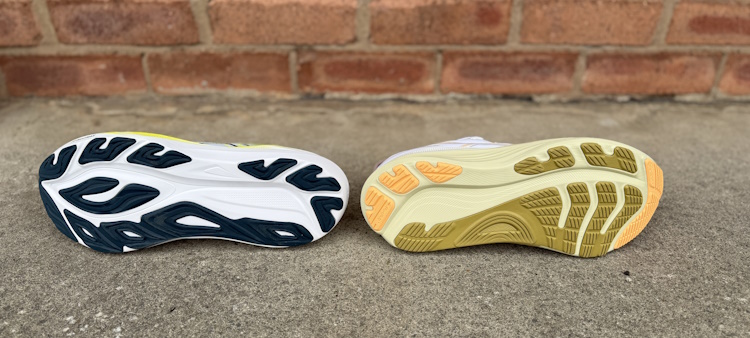
FF BLAST PLUS cushioning blends a responsive ride with a cloudlike softness, whereas FF BLAST MAX cushioning is ASICS’ most energetic midsoles and is the same as that used in the NOVABLAST 5.
While the FF BLAST MAX is the same foam as the NOVABLAST, I did notice a slight difference. It isn’t quite as soft nor quite as bouncy, but I did find it incredibly fun to run in. It’s light, feels fast and very responsive and here, in this support type model, it feels great.

Both shoes are, of course, support-type models, and both use slightly different methods of providing control for overpronators.
The GT 2000 14 uses a 3D guidance system, with the Gel Kayano 32 opting for a 4D version.
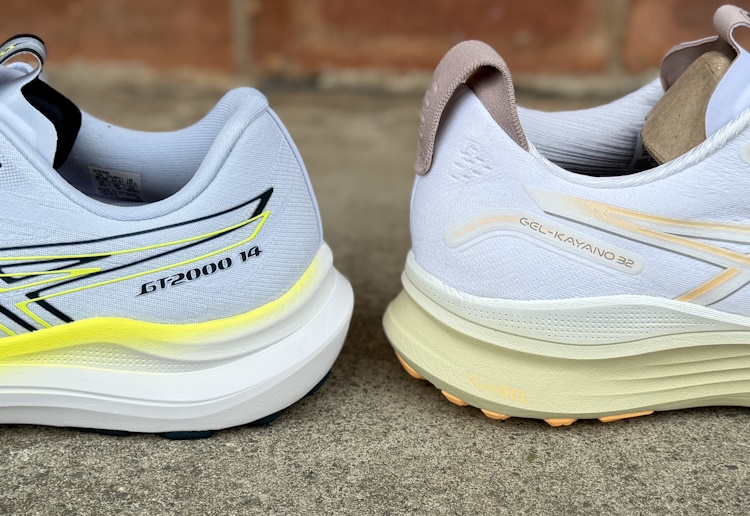
The 3D guidance system uses deeper sidewalls, a slightly flared medial aspect to the midsole and a straighter medial construction to the midsole in the rearfoot. Together, these features provide a level of support that I found very effective, and it certainly catered for my overpronation with ease and comfort.

The 4D system uses a more responsive ‘medial post’ type section in the midsole to effectively ‘spring’ the foot out of a pronated state. I was a little sceptical of this at first, but I admit I found it very effective and extremely comfortable on the run.

GT 2000 14
Shop Now at
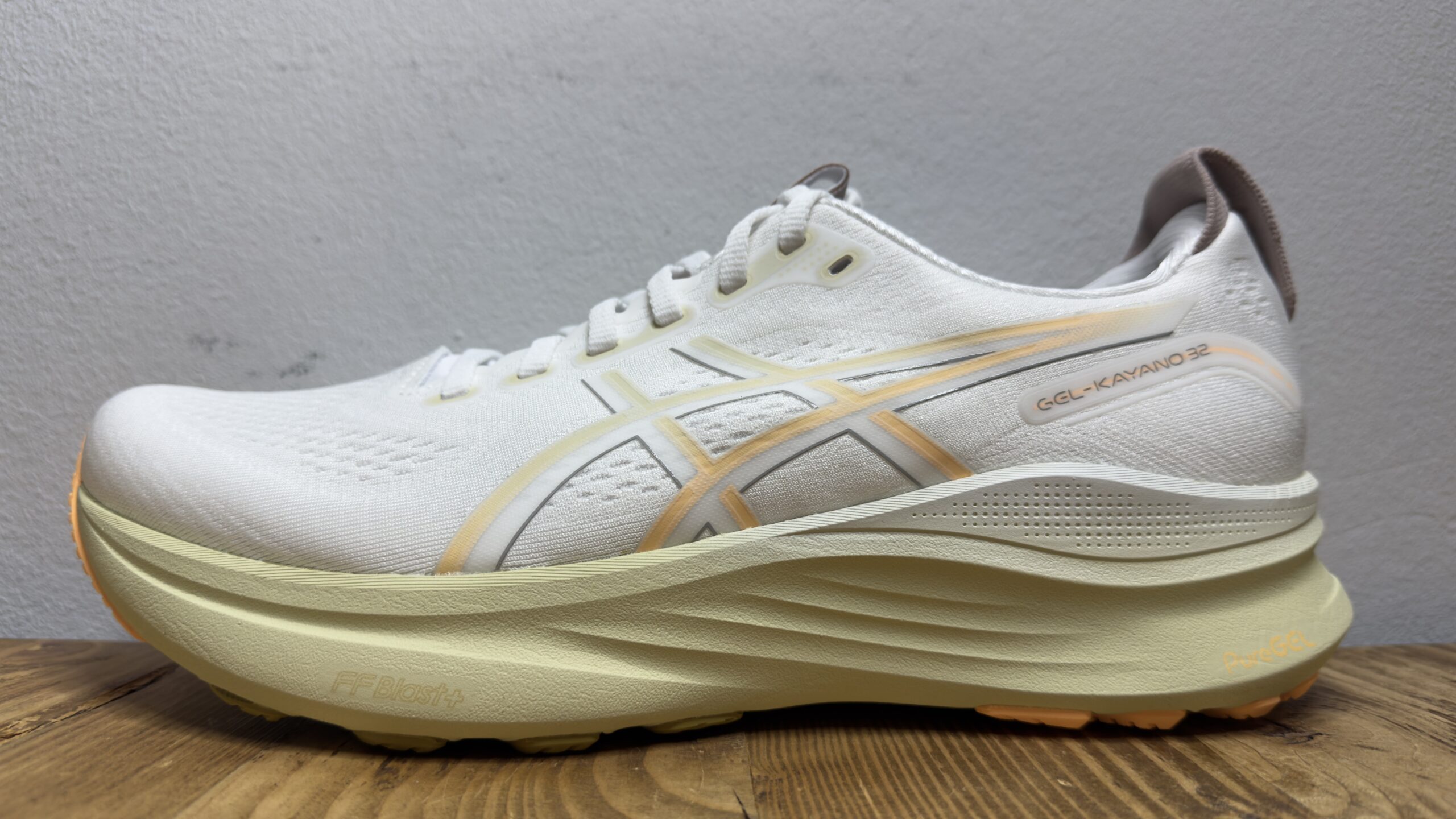
Kayano 32
Shop Now at
Fit
Both the Asics shoes are very well made, as I expected of them and the fit was true to size in terms of length and width for me compared to my usual size.

The uppers of both the GT 2000 14 and Gel Kayano 32 are of a premium level, with neat padding in the heel, ankle collar and Achilles area. The tongues are now of a slimmer design, with specific padded areas that sit beneath the laces to improve the fit and overall comfort without adding weight and bulk.
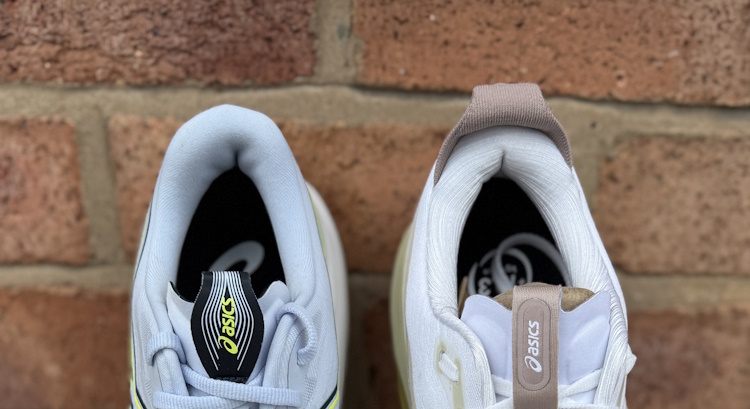
I found the fit of the Kayano 32 to be a little better around my feet, with the GT-2000 14 having a little more ‘wiggle-room’, but both are a very good overall design and among the best around.
Performance
I enjoyed running in both these shoes but was more surprised by the GT 2000. I always expect the Kayano to be a great combination of cushioning and support, as it is, after all, the brand’s range-topping shoe.
AS soon as I stepped into the GT-2000 14, it somehow felt different. It’s been elevated in terms of that initial comfort, but once on the run, the ride is super-smooth, soft and cushioned and at the same time, efficiently effective. I can feel the support, but it isn’t interfering with the soft, plush comfort. It’s a luxurious experience with a touch of bounce.
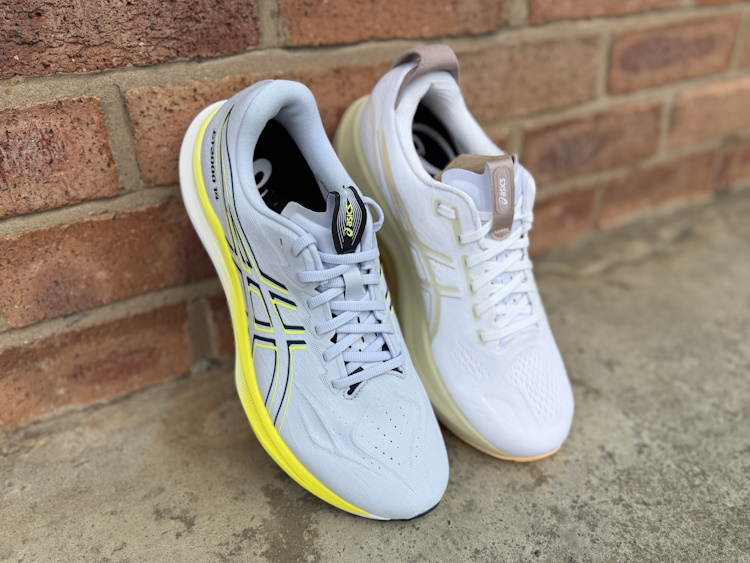
I really enjoyed the addition of the new FF BLAST MAX midsole, and it makes this shoe very much like a supportive version of the Novablast.
I find the Kayano offers a blend of stability with a soft, cushioned feel, whereas the GT 2000v14 feels a little more nimble, more versatile and has a slightly more energetic feel to its ride.
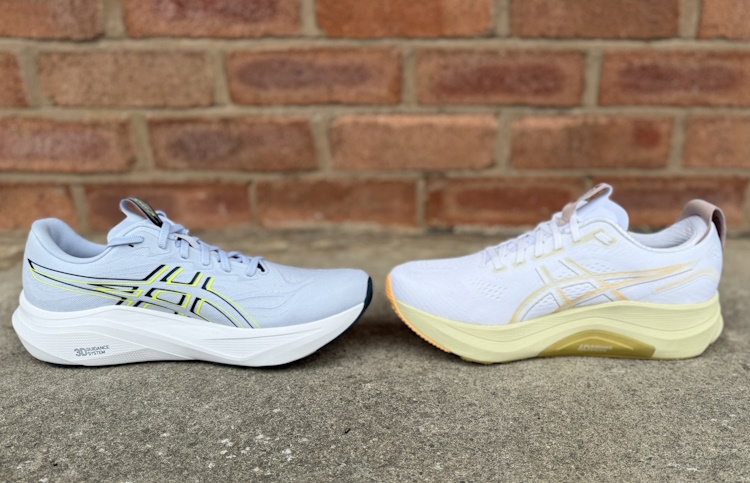
The GT 2000 v14 is around 10% lighter than the Kayano. While this wasn’t a deal breaker for me, I understand that some runners prefer the lighter option.
The Kayano 32 also has a slightly deeper overall stack of cushioning, but again, the difference is around 10%. I really didn’t notice this when running in either shoe, and in fact, I found the GT 2000 to be very nicely balanced in terms of the weight and midsole geometry.
My Verdict
For me, I think the GT2000 14 now edges it over the Gel Kayano 32, but it is a very close call.

I’ve enjoyed running in both the Asics models and did find it hard to choose a favourite, but I have done so here based purely on value for money, because both shoes perform very well and are really quite similar.
I found the Gel Kayano 32 offers a slightly plusher, softer ride, but the GT2000 14 a more energetic and responsive option.
You could quite easily have both shoes in your rotation, but if choosing one, I’d opt for the GT 2000 14 as it offers slightly better value and proves to be a little more versatile, but similar in terms of long-term comfort.

Leave a Reply